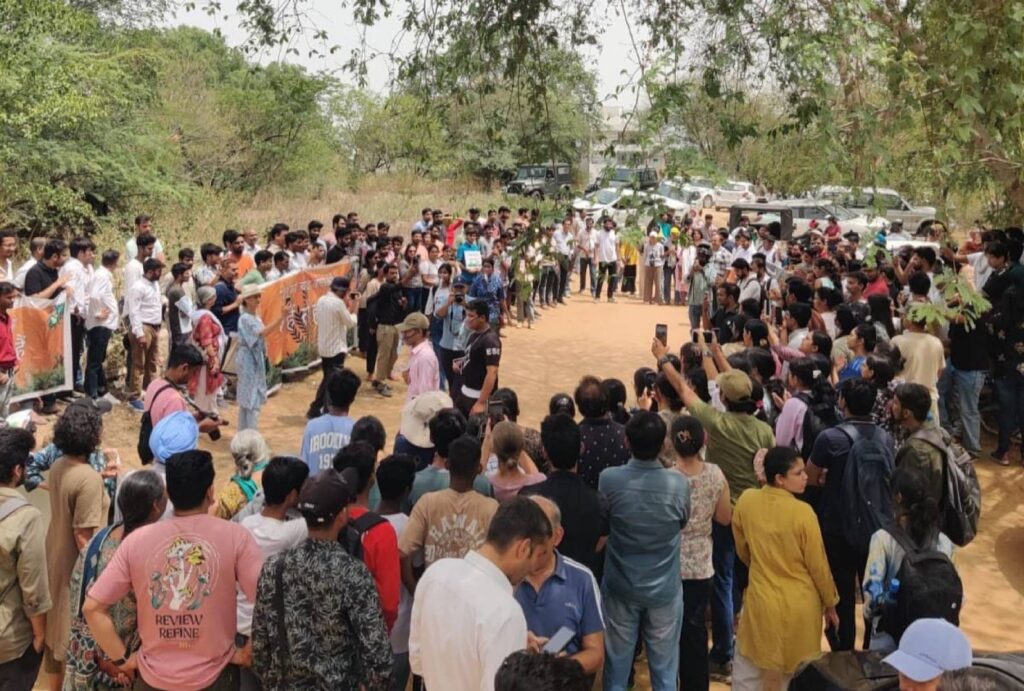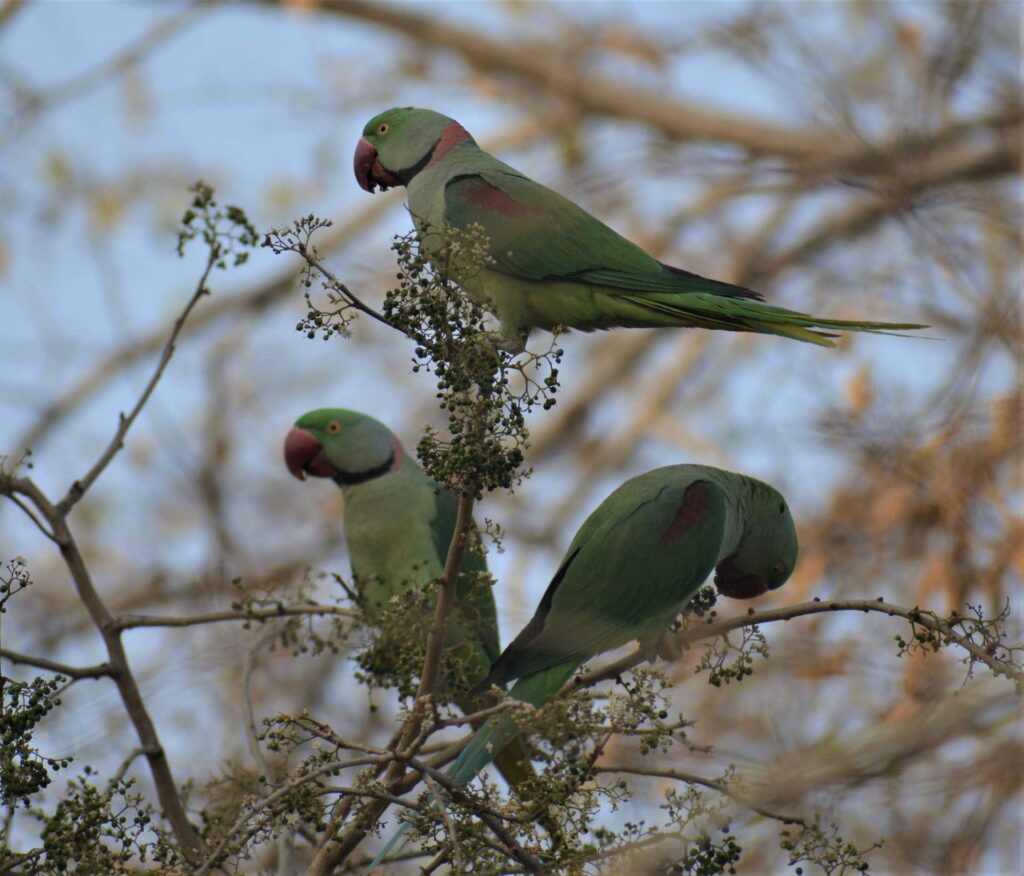Let Jaipur Breathe campaign to save Dol Ka Badh forest gains traction

A protest movement to save ‘ecologically sensitive’ Dol Ka Badh forest in Jaipur is gaining momentum. The protesters who have come together under the banner of Let Jaipur Breathe have opposed the Rajasthan government’s plan to convert the forest into an industrial zone.
The government has proposed to build a PM Unity Mall, a fintech park, hotels, and a Rajasthan Mandapam in the ecologically sensitive region. Despite the protest, the state’s industrial body Rajasthan Industrial Investment Corporation (RIICO) has started clearing the green patch.
Dol Ka Badh is the last remaining wild forest in Rajasthan’s capital city. Located at Taru Chhaya Nagar at Dravyavati river, Dol Ka Badh is spread across 100 acres of land. It is home to 2,400 native trees, more than 60 species of medicinal herbs, 85-plus species of birds, wildlife including peacocks, nilgai and rabbits.[1]As documented by district forest officers, zoologists, botanists from Rajasthan University, and renowned ornithologists. The forest is called the ‘green lungs’ of Jaipur. Many khejri (the state tree of Rajasthan) trees are also under the danger of being cleared out.
In 1730, over 363 people of the Bishnoi community lost their lives while peacefully protesting to protect a grove of khejri trees. The order was reversed owing to the sacrifice of protesters and this event became a precursor to the landmark Chipko Movement of 1973.[2]Sohel, Amir and Farhat Naz. “The Bishnoi: Revisiting Religious Environmentalism and Traditional Forest and Wildlife Management in the Thar Desert.” Environment & Society … Continue reading Over three centuries later citizens are protesting to protect the same khejri trees.

Concerned citizenry, students, local communities and environmental activists have been actively participating in the campaign to save Dol Ka Badh. The movement to protect the forest first began in 2021 when news about Congress government’s plan to build a fintech park emerged. At that time the protest also received support of many Bharatiya Janata Party (BJP) politicians. Owing to the then resistance, the project was put on hold. In 2024, the BJP government revived the plan to convert Dol Ka Badh into an industrial zone. The construction for the mall began last month, but the protests also took firm ground since.
Thousands have united in the movement by participating in protest marches, forming human chains, spreading awareness through a cyclathon and signing petitions by leveraging digital platforms. Artists have joined in to spread the voice through stand-up acts, street plays and hip-hop. The members of the Save Dol Ka Badh collective stated, “We have proposed an alternative to convert Dol Ka Badh into a state-of-the-art biodiversity park.” They maintain that this would generate jobs, preserve local heritage and promote sustainable urban planning.
The campaign has emerged only a few months after the Supreme Court verdict on the Hyderdabad’s Kancha Gachibowli forest area near the University of Hyderabad. Justice R. S. Gavai had reprimanded in mid-April, “If you try to oppose restoration (of deforested land), then temporary prison for your officers. In the meantime, not a single tree will be felled.”
Jaipur is flanked by the oldest fold mountains of the world — Aravalli hills. These hills with their semi-arid flora appear to be a grey and dry patch of shrubs throughout the year but get adorned with a dripping lush green during monsoons. The hills and the green patches like Dol Ka Badh are the soul of city besides being a chief carbon sink. The future of Dol Ka Badh will significantly determine the ecological health of the city, and the movement gaining the ground is a live example of a citizenry being awake to the urgency of environmental conservation.
Notes
| ↑1 | As documented by district forest officers, zoologists, botanists from Rajasthan University, and renowned ornithologists. |
|---|---|
| ↑2 | Sohel, Amir and Farhat Naz. “The Bishnoi: Revisiting Religious Environmentalism and Traditional Forest and Wildlife Management in the Thar Desert.” Environment & Society Portal, Arcadia (Summer 2024), no. 10. Rachel Carson Center for Environment and Society |
